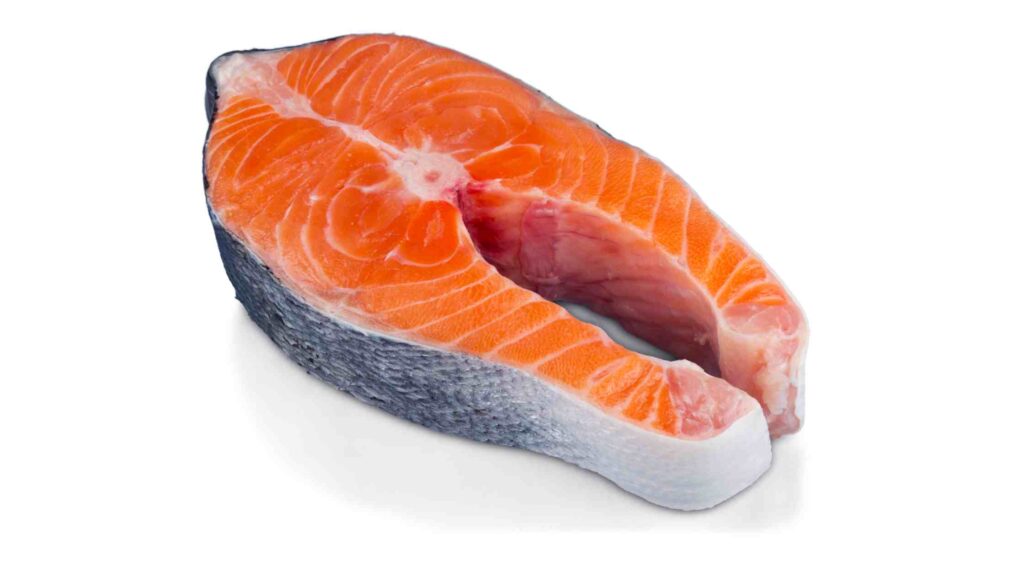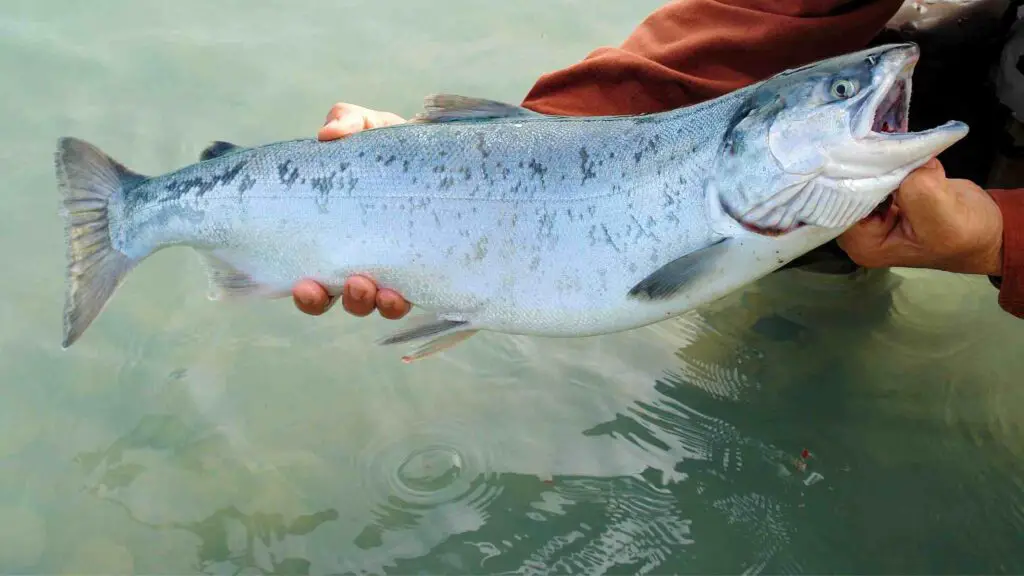Why is there a Salmon shortage? In 2023, there will be problems with the seafood supply chain. It will impact the capacity to receive supplies from different parts of the globe. According to the most recent forecasts from market research firm Kontali, the demand for farmed Atlantic salmon is expected to rise. But the worldwide supply will stay stable in 2023.
The research was presented at the National Fisheries Institute’s Global Seafood Market Conference in California, U.S.A. It predicts that the supply of farmed Atlantic salmon will rise by about 1%. As per Ragnar Nystyl, chief analyst at Kontali, this estimate provides that no unexpected situations or biological problems will result in a decline in supply.
DiscontinuedNews is impartial and independent, and every day, we create distinctive, world-class programs, news, and content that inform, educate and entertain millions of people worldwide.
Salmon Supply in 2023

Depending on the region, some areas will experience a minor rise in their supply of salmon. Production in Norway is projected to go up by 3%, from 1.511 million metric tonnes (M.T.) to 1.551 million M.T. The biggest production increase is predicted in the U.K., where output will likely climb by 8% from 170,000 MT to 183,000 MT.
Even so, Chile is projected to produce 739,000 MT, down from 750,000 MT. In contrast, a 5 percent decline from 134,000 MT to 128,000 MT is predicted for Canada. A slight rise from 2.866 million MT in 2022 is projected for the world’s total salmon production. Thus, it is predicted to achieve 2.906 million metric tonnes.
According to Nystyl, the research relied on salmonid feed sales in 2022. Kontali can accurately determine the quantity of biomass in the water. This is because the feed ratios are generally steady.
If the fish don’t perish, the feed will tell us what the yield will be, according to Nystyl. Also, the forecasts don’t account for the volatile environment for salmon farming in Chile and Norway. These two countries produce the majority of the world’s salmon. Although the forecasts point to a slight uptick in salmon production in 2023, for the most part, they state a fairly flat yield for the second year in a row.
Wild Salmon Supply in 2023
The supply of wild salmon worldwide is projected to increase in 2023. This applies especially to pink salmon, whose run sizes vary on a two-year cycle. Ron Risher is an international sales manager for O.B.I. Seafood. He said salmon runs in Alaska and Russia were lower in 2022, but certain species may have a huge supply in 2023. Risher was speaking on a panel about salmon at the National Fisheries Institute Global Seafood Market Conference.
Although pink salmon runs in a two-year cycle, Risher noted that “2022 was an even year for both Alaska and Russia.” Sockeye was the only species that faced serious runs in 2022. It led to processing facility constraints and a surplus of heads and guts compared to filets.
The sockeye salmon run in Bristol Bay simply overwhelmed all the other sources. On the other hand, Pink salmon runs were constant but non-peaking, making for a much smaller portion of the total Pacific salmon yield in 2022. It will probably alter, as 2023 will be a peak year.
According to Risher, there hasn’t been much of an impact from that rise on the chum salmon fishery in the United States. There is still a significant market for American-produced chum fish. During the past few years, people have noticed those prices increasing.
Yet, recently, the U.S. supply has contributed only a very small amount to the world’s chum salmon production. Due to the record-breaking run of sockeye salmon in Bristol Bay, the U.S. supplied 82% of the sockeye salmon in 2022, compared to just 20% of the supply of chum salmon.
Reasons for supply constraints
The bigger question for the wild salmon industry is how much Russian goods will enter global supply chains. Following Russia’s invasion of Ukraine, the United States has imposed import prohibitions on Russian goods. Yet, many Russian goods continue to enter the United States.
Even with Russia producing that much pink salmon as they often do, Risher noted that it still enters via third countries for processing. Thus, pink salmon from Russia is still available in China and other nations. Thus far, the United States has been hesitant to utilize the pink salmon originating from Russia.
The removal of China’s “zero-COVID” policy is another cause. When Chinese processors catch up, more processing capacity will become available. The availability of some varieties of salmon will almost certainly increase in 2023. But it is far less certain how the market for those salmon will develop. It’s because inflation causes an economic collapse in various parts of the world. Observing the economies in both the U.K. and Europe is “frightening,” said Risher.
Salmon populations are declining for a variety of reasons. When an area near a stream is logged, the stream receives less shade, less nutrients, and more silt or grit in the water. This can suffocate maturing eggs. Dams kill fish because of the shock of passing through the turbines. Also, predators consume the confused fish as they emerge from the dam.
Another cause of death that might play a role in the decline of salmon is overfishing. The quantity of food that salmon can access in the ocean depends on the weather. Population reductions have also been caused by sickness and pollution.
Conclusion
However, according to Risher, the COVID-19 pandemic’s surplus of sockeye salmon and its rising popularity have contributed to increasing the category globally. This fish has staying power and is well-known to consumers worldwide. Also, it offers excellent opportunities for all species.
